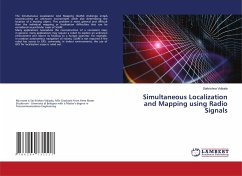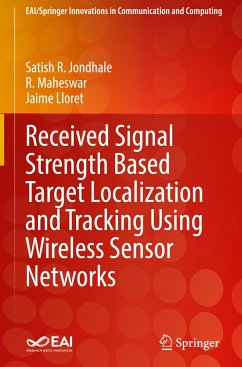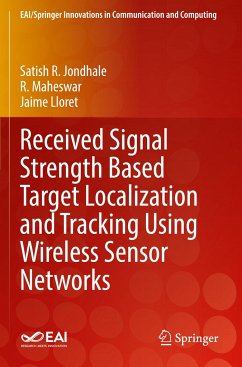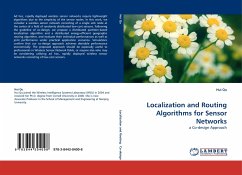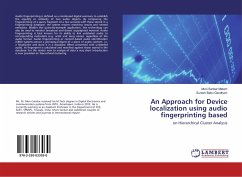
An Approach for Device localization using audio fingerprinting based
on Hierarchical Cluster Analysis
Versandkostenfrei!
Versandfertig in 6-10 Tagen
24,99 €
inkl. MwSt.

PAYBACK Punkte
12 °P sammeln!
Audio fingerprinting is defined as a condensed digital summary to establish the equality or similarity of two audio objects. By comparing the fingerprinting of a query fragment of a few seconds with those stored in a fingerprinting database, the system returns matching results and related metadata. Besides this query-by-example application, this technology can also be used to monitor broadcast and detect copyrighted material. Audio fingerprinting is best known for its ability to link unlabeled audio to corresponding meta-data (e.g. artist and song name), regardless of the audio format. Audio f...
Audio fingerprinting is defined as a condensed digital summary to establish the equality or similarity of two audio objects. By comparing the fingerprinting of a query fragment of a few seconds with those stored in a fingerprinting database, the system returns matching results and related metadata. Besides this query-by-example application, this technology can also be used to monitor broadcast and detect copyrighted material. Audio fingerprinting is best known for its ability to link unlabeled audio to corresponding meta-data (e.g. artist and song name), regardless of the audio format. Audio fingerprinting or content-based audio identification (CBID) systems extract a perceptual digest of a piece of audio content, i.e. a fingerprint and store it in a database. When presented with unlabeled audio, its fingerprint is calculated and matched against those stored in the database. For the reader new to analysis of data a very short introduction is now provided on hierarchical clustering



